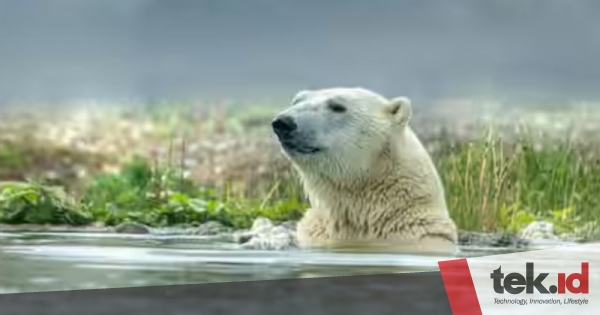The team, led by the University of Edinburgh, collaborated with the British Antarctic Survey (BAS), the Scottish Marine Science Association.
Antarctica, famous for its large ice surface, is now showing significant changes. Researchers have revealed surprising results by creating the first continental map of Antarctica, showing vegetation growing in an area previously thought to have been covered in ice.
Reporting from Wion News (18/8)the map published by this international team identifies nearly 45 square kilometers of Antarctic vegetation, with the majority found on the Antarctic Peninsula and surrounding islands. Although these green areas cover only 0.12 percent of the continent’s total area, this discovery indicates major changes in the Antarctic ecosystem.
A team led by the University of Edinburgh, in collaboration with the British Antarctic Survey (BAS), the Scottish Marine Science Society and the Norwegian Institute for Nature Research, used satellite data from the European Space Agency (ESA) to to compile this map.
Charlotte Walshaw, PhD researcher from the University of Edinburgh, explains, “Our continental map provides an important insight into the distribution of vegetation in areas rarely visited by humans. This has major implications for our understanding of vegetation distribution and the factors that influence it.”
Vegetation in the Antarctic, which was previously limited, is now experiencing significant development due to changes in temperature and topography. Native plants such as Antarctic grass and Antarctic pearlwort that were once rare are now beginning to be found more frequently due to rising temperatures.
More than 100 species of plants, including common grasses, have recently been found entering the Antarctic region, spreading across sub-Antarctic islands and moving towards the peninsula the Antarctic.
Peter Fretwell, co-author and sensor expert at BAS, said: “This map of photosynthetic life is an important basis for monitoring future changes. With continental warming and ice melting, we predict that rock areas will expand and more land will become vegetated.”
These findings highlight the increasingly obvious effects of climate change in Antarctica and the importance of continuing to monitor ecosystem changes on the continent.
2024-08-18 07:01:40
#Vegetation #Antarctica #increasing


